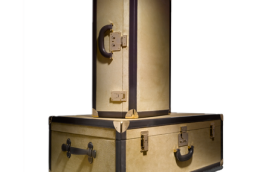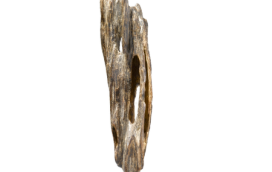
In the past, the art print was considered a lesser commodity to the original artwork, often secreted in a portfolio, or hung en masse on a passageway wall. But recently the print has returned to favor. Why? Not simply because prints are less expensive and more accessible than an original (who can find an original Matisse painting these days to buy, even if one had the tens of millions to acquire it?) Or because, with the rise of online galleries which have grown web-based art trade to around $2 billion a year, it’s now much simpler to find an original work of art and get it delivered to your home as quickly as your groceries. It’s also because prints, like this one from Hang-Up Gallery, have lost their lesser status. Indeed, since the contemporary art market began to soar in the 1980s, a slew of galleries have started up to offer prints from household-name artists at relatively low prices. “It’s a comfortable entry point for people who haven’t necessarily bought art before,” says James Booth-Clibborn, whose company, Manifold Editions, specializes in contemporary artists. He explains that prints are offered in limited edition, averaging fewer than 70, each signed and numbered by the artist. “Prints are an affordable way to collect works by leading contemporary artists. You won’t need a fortune to start your collection.” There may be another factor contributing to the upward trajectory of these once-derided artifacts. As contemporary art moves into the large-scale installation, video and floor-based sculpture, the small scale of the old medium brings art back to that most popular of all spaces: the domestic wall. manifoldeditions.com, hanguppictures.com


